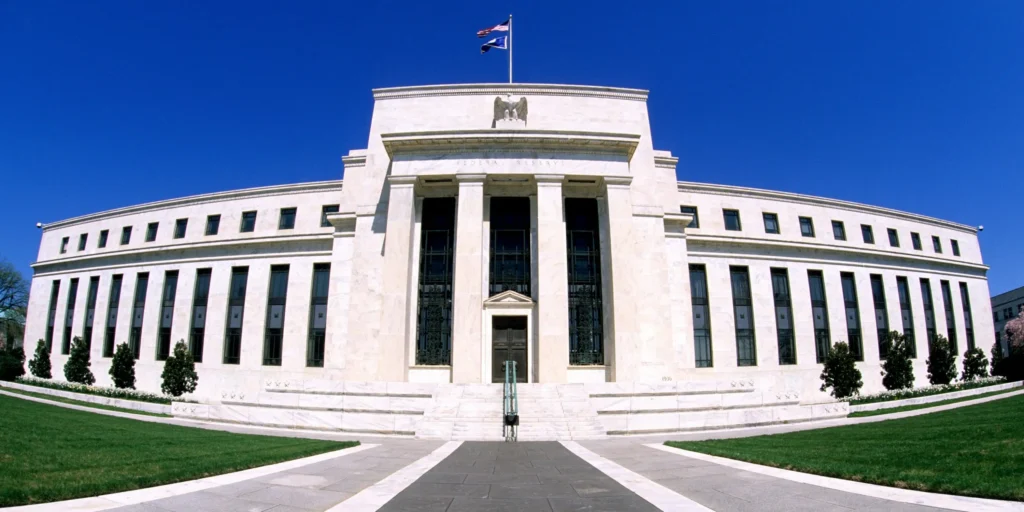The latest report from the Commerce Department shed light on the trajectory of inflation, with the Personal Consumption Expenditures (PCE) price index taking center stage. This index is closely monitored by the Federal Reserve as a key gauge of inflation, and the data revealed a 0.3% increase from the previous month. This uptick translated to an annual inflation rate of 2.7%, mirroring the gains observed in March.
Delving deeper into the components of inflation, the data unveiled a dichotomy between services and goods. Services inflation surged to 3.9% on an annual basis, signaling robust price increases in sectors such as healthcare, housing, and transportation. Meanwhile, goods inflation remained nearly stagnant at 0.1%, suggesting subdued pricing pressures in tangible consumer products. However, when excluding the more volatile categories of food and energy, the core PCE price index exhibited a slight slowdown in monthly growth, edging up by 0.2% compared to the 0.3% increase seen in March. On an annual basis, the core PCE price index maintained its stability at 2.8% for the third consecutive month. Notably, while food prices experienced a decline, energy prices, particularly gas, saw a notable uptick of 1.2%.
Anticipations among economists prior to the release hinted at minimal shifts in the inflation metrics, with consensus forecasts indicating that both monthly and annual increases in the overall and core indices would hold steady compared to March.
Despite the stability in inflation figures, significant changes were observed in the earning and spending patterns of Americans. Consumer spending growth moderated, recording a modest 0.2% increase compared to the robust 0.7% uptick observed in March. Similarly, gains in disposable income decelerated, rising by just 0.2% versus the 0.5% growth in March. When adjusted for inflation, both spending and disposable incomes experienced a decline for the month. Nevertheless, the personal saving rate remained unchanged at 3.6%.
The subdued growth in consumer spending suggests that the possibility of rate cuts remains on the table for 2024, according to Michael Pearce, deputy chief US economist for Oxford Economics. Pearce emphasized that it would likely require a series of more positive economic reports before the Federal Reserve considers implementing interest rate cuts. With several more inflation reports scheduled before the September Fed policymaking meeting, speculation persists regarding the potential for rate cuts at that juncture.
For additional insights into economic developments and trends, interested readers can explore related articles such as “The Fed’s favorite inflation gauge showed little progress last month,” published by CNN on 05/31/2024.
